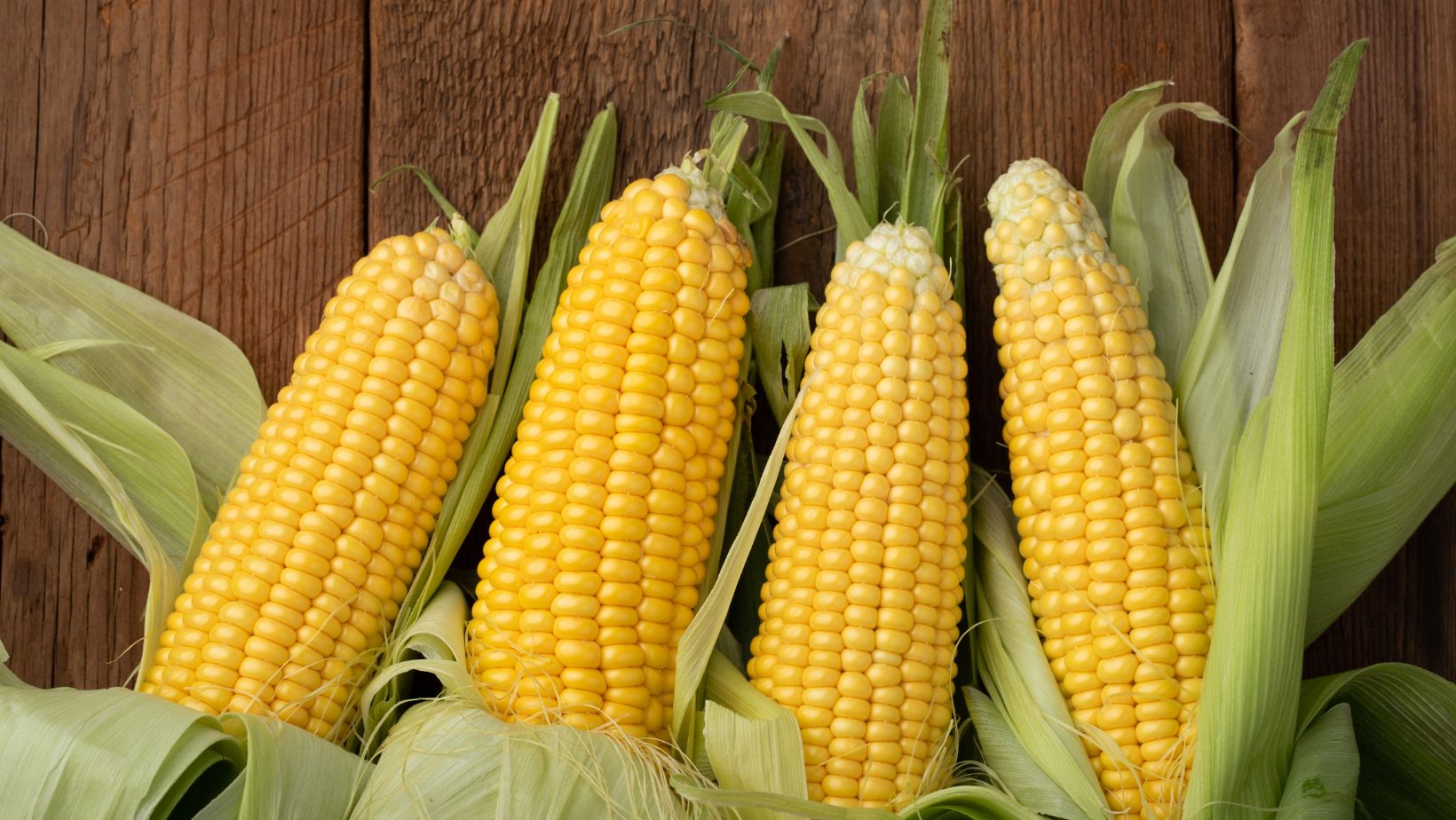Yellow Corn GMO and NON GMO Animal Feed
Yellow corn is a critical component of animal feed worldwide, available in both GMO (Genetically Modified Organism) and non-GMO forms. Each type offers distinct advantages and considerations for farmers, the environment, and the livestock industry.
GMO yellow corn has been genetically engineered to include traits such as pest resistance, herbicide tolerance, and enhanced nutritional value. The most common modification involves the insertion of Bacillus thuringiensis (Bt) genes, which produce proteins toxic to specific insect pests, reducing the need for chemical insecticides. This results in lower production costs and potentially less environmental impact due to decreased pesticide use. Additionally, GMO corn can be engineered for drought resistance and improved yield, ensuring a more reliable and abundant supply of feed. These modifications make GMO corn an attractive option for farmers looking to increase efficiency and productivity. However, concerns persist regarding the long-term environmental impact, such as the development of herbicide-resistant weeds and potential effects on non-target organisms.
Non-GMO yellow corn, cultivated through traditional breeding methods, is favored by those who seek to avoid genetically modified products. Non-GMO corn is often used by organic farmers and producers who adhere to strict organic farming standards, which prohibit the use of genetically modified seeds. This variety is perceived as more natural and safer by many consumers and can command a premium price in the market. Non-GMO corn supports biodiversity and helps mitigate the risk of creating herbicide-resistant weeds. Additionally, it caters to a growing market of consumers and industries that prioritize natural and organic food sources.
In animal feed, both GMO and non-GMO yellow corn are essential, each offering unique benefits. GMO corn contributes to higher efficiency and lower costs in feed production, while non-GMO corn aligns with organic and natural farming practices and consumer preferences. The choice between GMO and non-GMO corn for animal feed depends on various factors, including cost, farming practices, market demand, and environmental considerations.
In summary, both GMO and non-GMO yellow corn play vital roles in the animal feed industry. Understanding their differences allows producers and consumers to make informed decisions that align with their economic, environmental, and ethical values.
Yellow Corn GMO Animal Feed- Brazil
Origin: Brazil
Crop: 2022-2023
Suitable for animal consumption
Protein: 10% minimum
Color: yellow
Moisture content: 14% max
Mixing: 1.5% max
Discolored: 3% max
Broken grains: 3% max
Foreign material: 1.5% max
Damaged kernels: 1.5% max
Shriveled / immature kernels: 4.5% max
Aflatoxin: 20 PPB max
Free of insect’s, mold, foreign matter
Yellow Corn NON GMO Animal Feed- Brazil
YELLOW CORN GRADE 2
GMO or NON-GMO: NON-GMO
Grade: #2 – Animal Feeding or
Food Based
Quality: Standard export quality
Process: Dried
Type: FIELD YELLOW CORN – Suitable for livestock feeding
Form: Kernel
Admixture: 1.5 % max
Color: Yellow normal
Moisture: 12 to 14 % max
Broken kernels: 1 to 3 % max
Aflatoxin: 20 PPB max
Protein: 8% to 9 % min
Kernel Size: 4-6 mm
Discolored: 3 % max
Foreign Materials: 0.5 to 1.5 % max
Other Colored Grains: 1% max
Damaged Grains: 0.5% to 1.5% max
Neville Damaged Grains: 1% max
Shrivelled /Immature grains: 2.5% to 4.5% max
Test Weight: -68kg/HI
TDK: 5 % max
Sand: 1.5% max
Mercury: 0.5 PPM max
Cadmium: 2.5 PPM max
Heat Damage: 0.5 %max
Total Damage: 3.5% max
Radiation: Normal internationally accepted limit
Crop: Recent Crop/Storage
Free of all kinds of moulds
Free of sprouted grains
Free from alive insects
Vitamin: A, B1, B3, B9, C

